Mitigation technologies
Reducing contaminant loss to New Zealand waterways can be challenging. However, it can be achieved by mapping their critical flow pathways and targeting edge-of-field mitigation technologies. Examples of novel edge-of-field technologies are woodchip bioreactors, controlled (managed) drainage, constructed wetlands, and detainment bunds.
These nature-based water quality solutions utilise the potential of living organisms, such as bacteria or plants, and water flow controls to help reduce losses of nutrients (nitrogen and phosphorus) and suspended sediment in runoff and drainage waters from agricultural lands. By harnessing the natural processes of biodegradation and phytoremediation, edge-of-field mitigation strategies create an environment where microorganisms and plants can thrive and effectively break down water contaminants.
With robust and site-specific designs and constructions, suitable edge-of-field mitigation practices can help reduce nutrient and suspended sediment losses, offering a sustainable and eco-friendly approach to improving freshwater outcomes in agricultural catchments
Innovative Farm Drainage Management Practices
Listen to Associate Professor Ranvir Singh (Environmental hydrologist at Massey University), who introduces the role various innovative drainage management practices play in achieving freshwater quality outcomes in New Zealand waterways. [Video is 20 mins]
Controlled drainage
Controlled (managed) drainage practice aims to design and implement flexibility in operation of artificial constructed surface and sub-surface drainage systems. This is achieved by a drain flow control device at the drain’s outlet. Controlling (managing) the drain flows during spring and summer periods could potentially reduce the amount of drainage water and reduce its associated nutrient losses from drained farm paddocks to waterways
Bioreactors
Woodchip bioreactors are a novel edge-of-field practice being developed to reduce losses of nitrate from agricultural lands. They harness natural biodegradation processes to create an environment where soil microorganisms effectively break down nitrate in drainage waters. They are easy to build, require low maintenance, and last 10-15 years before the woodchips need to be replaced to maintain their effectiveness
Constructed wetlands
A wetland is an area where the flow of drainage and/or runoff is slowed, and so the soil is very wet and there is often ponding. Plants growing in wetlands need to be tolerant of these conditions. Wetlands can be either natural i.e. they have developed naturally, or they can be purpose built or constructed. During this time of relatively slow movement of drainage and runoff through the wetland, contaminants are removed from the water.
Detainment bunds
A Detainment Bund PS120© is a special type of sediment trap to temporarily detain stormwater runoff from pasture lands. It intercepts stormwater run-off by briefly ponding it on pasture to reduce significant amounts of sediment, phosphorus, and pathogens.
Drainage water recycling
Drainage water recycling captures drainage from artificial drainage systems and/or surface runoff and stores it for use as irrigation water in summer and autumn. It also captures the nutrients in this surplus water, preventing them from contaminating receiving water bodies, and recycles them back in the irrigation water for use by plants.
